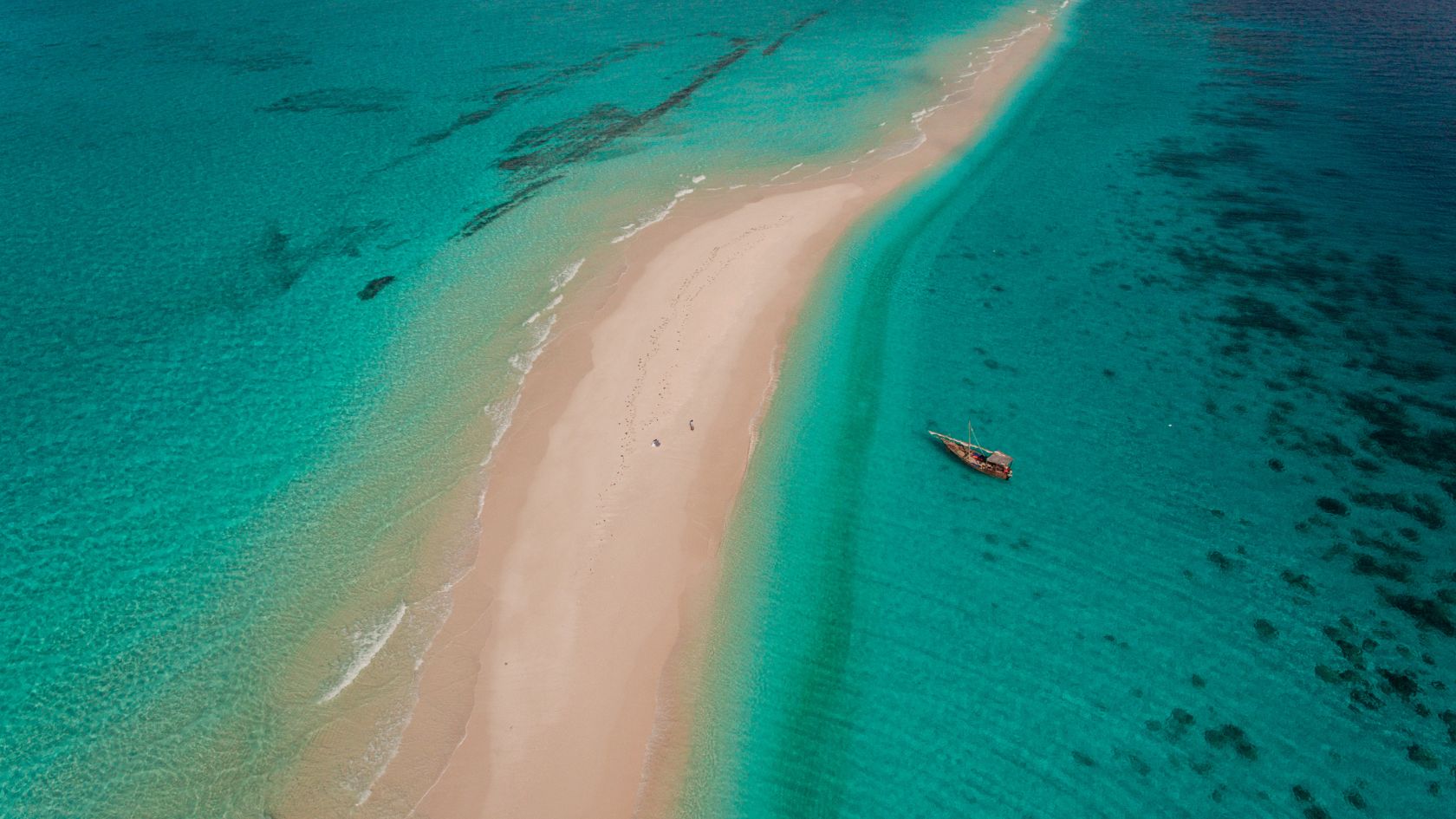
Sandbars are naturally occurring formations that can be found in various bodies of water, serving as fascinating and unique geographical features. These elongated banks of sand are formed through the process of sediment accumulation, often occurring near shorelines or in the middle of rivers and oceans.
While sandbars may seem like simple piles of sand, they possess intriguing characteristics and play important roles in both environmental and recreational aspects. From their impact on marine life to their significance in navigation, sandbars have captured the attention of scientists, geographers, and nature enthusiasts alike. In this article, we will explore 15 fascinating facts about sandbars that will deepen your understanding and appreciation of these curious formations.
Key Takeaways:
- Sandbars are temporary formations that provide important habitats for plants and animals. They can protect coastlines, create natural lagoons, and even change the flow of rivers, making them fascinating and dynamic landforms.
- Sandbars are constantly evolving and can be found in both freshwater and saltwater environments. They come in different colors and shapes, and play a crucial role in shaping the landscape and supporting diverse ecosystems.
Sandbars are temporary formations.
A sandbar is a landform that emerges in shallow water, usually in rivers, lakes, or along the coastline. These formations are constantly changing and shifting due to the movement of water, currents, and tides.
Sandbars are created by sediment deposition.
As water flows, it carries sediment such as sand, gravel, and silt. When the velocity of the water decreases, it drops these sediments, leading to the formation of sandbars.
Sandbars provide important habitats.
Many species of plants and animals rely on sandbars for their survival. They serve as nesting grounds for birds, resting areas for seals, and feeding grounds for various marine creatures.
Sandbars can be home to unique ecosystems.
The shifting sands of a sandbar create dynamic habitats that support the growth of specialized plants and the adaptation of unique animal species. These ecosystems contribute to the overall biodiversity of the surrounding area.
Sandbars are popular tourist destinations.
Due to their picturesque nature and the opportunities they offer for activities such as sunbathing, picnicking, and beachcombing, sandbars attract visitors from around the world.
Sandbars can protect coastal areas.
They act as natural barriers, absorbing the impact of waves and protecting the coastline from erosion. Sandbars play a crucial role in coastal management and can help mitigate the effects of storms.
Some sandbars are only visible during low tide.
During high tide, many sandbars are completely submerged underwater. However, as the tide recedes, they gradually emerge, creating temporary islands for exploration.
Sandbars are constantly evolving.
They are shaped by the forces of nature such as wind, waves, and currents. Over time, sandbars can grow or shrink in size and even merge with other nearby sandbars.
The color of sandbars can vary.
Sandbars can be composed of different types of sediments, ranging from white sand to black volcanic ash. This variation in color adds to the visual diversity of these natural formations.
Sandbars can extend for miles.
Some sandbars can stretch for several miles, creating extensive shorelines and providing ample space for recreational activities.
They play a role in shaping river channels.
The accumulation of sediment along riverbanks and the formation of sandbars can influence the course of the river, leading to changes in channel patterns and navigation routes.
Sandbars can be found in freshwater and saltwater environments.
While we often associate sandbars with coastal areas, they can also form in rivers, lakes, and other freshwater bodies. The mechanisms of their formation may differ, but the concept remains the same.
Sandbars can create natural lagoons.
When a sandbar forms offshore, it can create a calm, shallow area of water between the bar and the shoreline, known as a lagoon. These lagoons serve as important habitats for a wide range of aquatic species.
Sandbars can change the flow of rivers.
When a sandbar blocks the path of a river, it can divert the flow of water, leading to the formation of new channels and altering the landscape over time.
The shape of sandbars can be influenced by vegetation.
Vegetation such as grasses and shrubs can stabilize the sand, helping to anchor the sandbar and prevent excessive erosion. The presence of vegetation also enhances the biodiversity of the sandbar ecosystem.
Conclusion
In conclusion, sandbars are not just simple strips of sand in the vast ocean. They hold incredible significance in our ecosystem and provide a variety of benefits. From protecting coastlines to creating unique habitats for marine life, they are truly fascinating formations. Sandbars also offer an array of recreational opportunities, making them popular destinations for beachgoers and water enthusiasts.It is important to recognize and appreciate the delicate balance that exists in our coastal environments. With climate change and other factors posing threats to sandbars, it is crucial that we actively work towards their preservation and conservation. By understanding the intricate nature of sandbars and their role in our ecosystem, we can ensure that future generations will continue to enjoy and benefit from these remarkable natural wonders.
FAQs
1. What exactly is a sandbar?
A sandbar is a narrow ridge or bar of sand that forms along the coastline or in rivers and oceans. It typically emerges due to the accumulation of sand carried by waves and currents.
2. Are sandbars permanent features?
No, sandbars can be temporary or permanent, depending on various factors such as wave action, tides, and sediment supply. Some sandbars may disappear over time, while others may persist for years.
3. Do sandbars only appear in oceans?
No, sandbars can form in rivers, lakes, and even man-made water bodies. They are primarily shaped by water movement and sediment deposition, which can occur in various aquatic environments.
4. Do sandbars have any ecological significance?
Yes, sandbars play a vital role in our coastal ecosystems. They provide habitats for a variety of plants and animals, including shorebirds, marine invertebrates, and fish. Sandbars also act as natural buffers, protecting coastlines from erosion and storm damage.
5. Can sandbars be dangerous?
While sandbars can offer recreational opportunities, it’s important to exercise caution. They can be treacherous if you are not familiar with the area or are unaware of changing tide conditions. It’s always best to adhere to safety guidelines and seek local advice when venturing onto sandbars.
Sandbars are fascinating natural wonders, but there's so much more to explore in the world of coastal environments. Discover the secrets of sandy shores with our article on beach facts, where you'll learn about the unique ecosystems and hidden treasures found along coastlines. Dive into the dynamic world of coastal erosion and protection, and uncover the strategies used to safeguard these fragile habitats. For those curious about life beneath the waves, our collection of marine facts will take you on a captivating journey through the depths of the ocean.
Was this page helpful?
Our commitment to delivering trustworthy and engaging content is at the heart of what we do. Each fact on our site is contributed by real users like you, bringing a wealth of diverse insights and information. To ensure the highest standards of accuracy and reliability, our dedicated editors meticulously review each submission. This process guarantees that the facts we share are not only fascinating but also credible. Trust in our commitment to quality and authenticity as you explore and learn with us.


